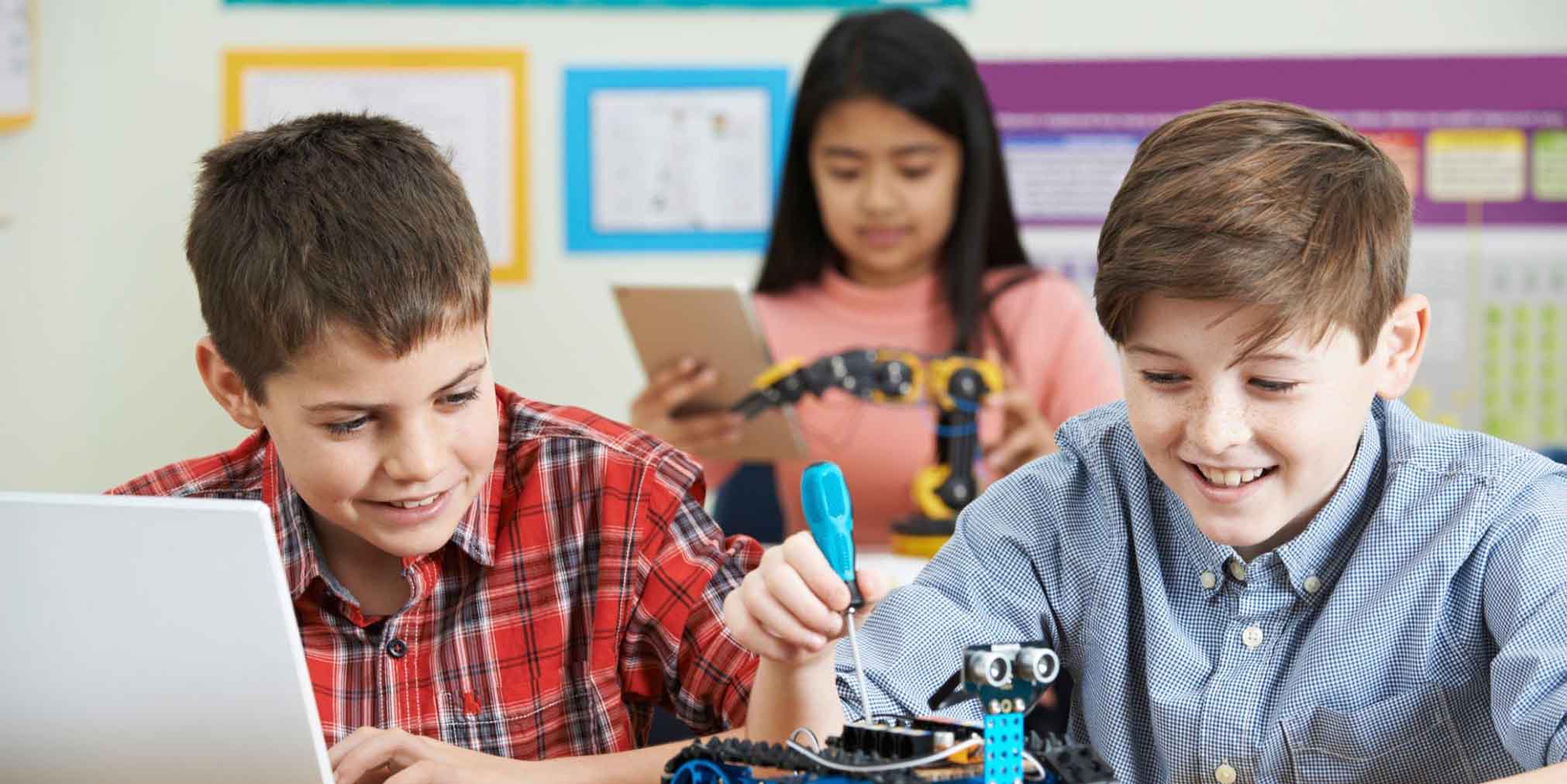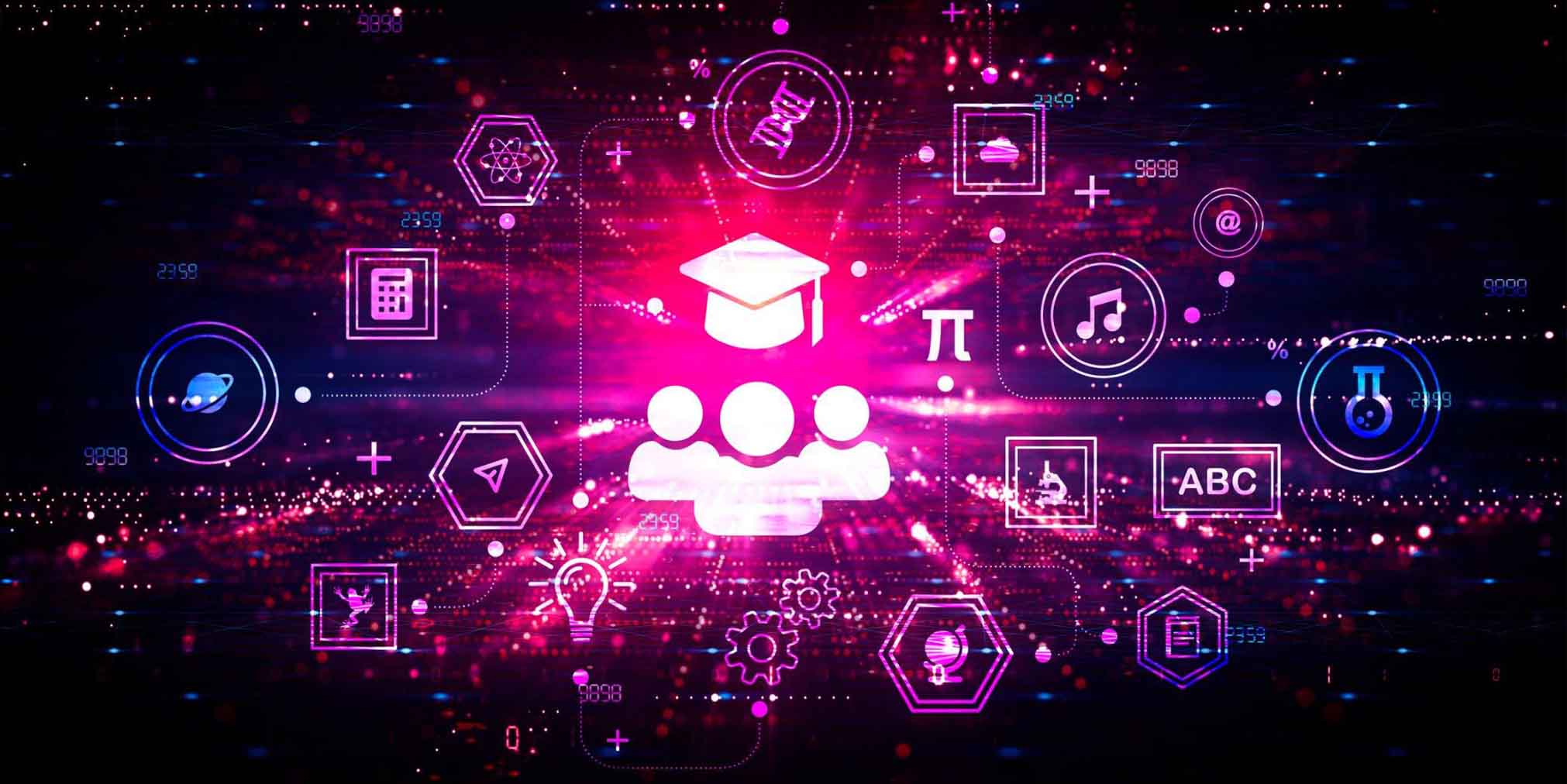

September 7, 2023
Artificial intelligence is becoming a popular buzzword across many industries. Thus, education is no exception. In short, AI is the simulation of intelligent behavior by machines. This allows them to learn and make decisions based on data input automatically.
What is AI in education? In education, AI can be a powerful tool to help augment the learning environment. It helps to personalize instruction for students. AI enables grading, admin tasks, and personalized lesson plans tailored to individual learning styles.
AI equalizes learning opportunities with personalized experiences in and out of the classroom.
The tailored experiences can close gaps in learning outcomes. That, too, regardless of student’s demographic or socioeconomic background.
Educational inequities are the systematic differences in educational outcomes across different student populations. This includes academic achievement and graduation rates. Disparities in educational outcomes can be driven by a variety of factors, including:
These disparities have been well-documented by education researchers. They recognize that these inequities have a powerful negative impact on students’ academic performance. The effect can create major obstacles for them in achieving their postsecondary goals.

The benefits of AI in EdTech have the potential to be a revolutionary force against educational inequities. AI in education solutions provides personalized videos and resources based on student’s abilities. It also collects data that allows teachers to make informed decisions.
Additionally, AI can provide personalized engagement with students outside of the classroom. They use digital messaging platforms and automated assessment tools. These tools help educators to track progress and intervene when needed.
AI equips educators to identify and address disparities among students individually. This identity helps them develop balanced and meaningful curriculum plans.
With more insight into student needs, AI can also optimize learning resources. This learning acts as a support for students who are struggling or lagging behind their peers. AI also helps to bridge divides between urban and rural schools by collecting data on effective practices.
Furthermore, AI can automate repetitive tasks previously done by teachers. This frees up their time to create engaging materials promoting critical thinking.
Using AI to address educational inequities is both possible and beneficial. AI makes education fairer and equitable. It equips all students with valuable academic skills.
AI automates data collection and analysis for informed decision-making in school systems.
This is especially beneficial for school districts with limited resources, as AI can crunch numbers faster than humans.
AI pools global student data to generate comprehensive insights. The data informs policymakers on bridging socioeconomic opportunity gaps. Ultimately, AI demonstrates its potential to create tangible change regarding reducing educational inequalities.
One way of utilizing AI to this end is its application to natural language processing. NLP involves computer analysis of natural language and recognizing grammar, vocabulary, and speech pattern trends.
With AI, instructors can identify knowledge gaps and assess student performance without being influenced by economic or social differences. AI-powered NLP also increases accessibility for all learners by facilitating communication.
AI generates subtitles or transcriptions to improve understanding when instructors have unfamiliar languages. Similarly, it can transcribe interactions between students. So don’t miss important points even if they come from different backgrounds linguistically.

AI and ML enable early identification of students with learning difficulties. This surpasses traditional methods. AI can help detect small cognitive differences. They may ultimately turn into significant problems if not addressed early on.
AI has already helped many educators adjust their teaching plans accordingly. It helps close potential gaps in educational outcomes before they have a chance to take hold.
With AI in education solutions, learning can be personalized for each student. It enables students to work at their own pace and in their preferred style. Instead of studying according to a ‘one-size-fits-all’ approach, students can have an experience designed around their abilities and interests.
AI revolutionizes education by removing barriers like language and disability. It closes the inequality gap and expands opportunities for students.
In conclusion, AI technology has great potential to address the issue of educational inequities. In conclusion, AI has immense potential to tackle educational inequality. While AI offers valuable tools, educators must ensure the ethical utilization of these technologies.
With the correct use of technology and collaboration, AI is an invaluable tool for creating a fair education system. By doing so, we can ensure that everyone has access to quality learning experiences.